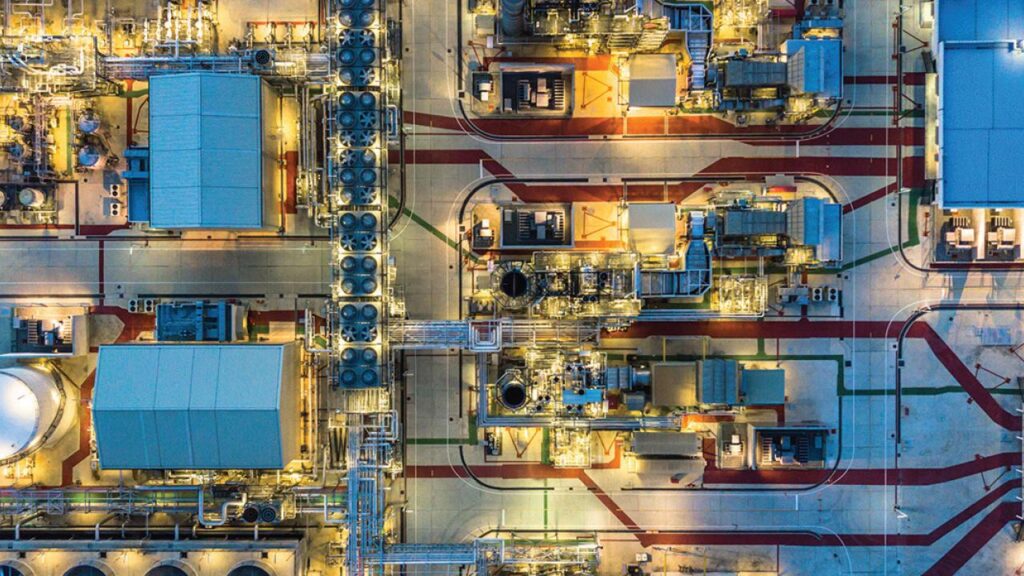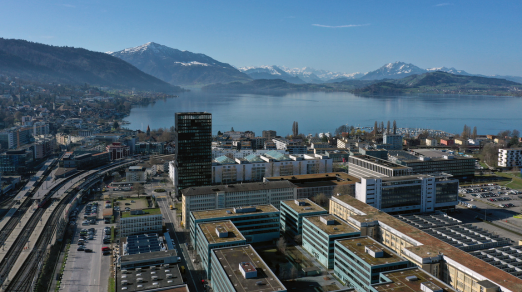Protecting critical infrastructure is essential for national security and societal stability. Systems like power grids, water networks, hospitals, and transportation form the foundation of modern life, but they are increasingly vulnerable. As these systems grow more digital and interconnected, they face heightened risks from cyberattacks, natural disasters, human errors, and geopolitical tensions. Addressing these challenges requires more than technological advancements; it demands collaboration among system operators, policymakers, international organizations, and the public.
While technology alone cannot eliminate these vulnerabilities, it plays a key role. Tools such as artificial intelligence (AI), machine learning (ML), and the Internet of Things (IoT) have transformed how we monitor, predict, and respond to threats. For example, AI-driven predictive maintenance uses sensors embedded in critical infrastructure to identify and address problems before they become severe. Similarly, machine learning can analyze vast amounts of cybersecurity data to detect and counteract threats in real time, providing a significant edge against increasingly sophisticated attacks.
The use of digital twins—virtual models of physical systems—is another powerful innovation. Digital twins allow operators to simulate scenarios, test responses, and optimize operations without exposing the actual systems to risk. This enables proactive strategies that strengthen system resilience under stress. Blockchain technology also offers significant benefits, including secure and transparent data sharing among stakeholders. This facilitates quick and coordinated responses during crises while maintaining data integrity.
However, technological solutions alone cannot address the diverse threats that critical infrastructure faces. These systems require a holistic approach that includes knowledge sharing among operators. Operators possess valuable expertise specific to their domains, and creating platforms for sharing this knowledge fosters resilience across the sector. For instance, utilities in the energy sector can work together through regional partnerships to coordinate responses to power outages caused by cyberattacks or natural disasters, minimizing disruptions and maintaining service continuity.
Policy and international collaboration are equally vital for protecting critical infrastructure. Governments must implement clear regulations that enforce robust security standards while encouraging innovation. Effective policies should promote transparency, accountability, and regular risk assessments. At the international level, collaboration is essential to counter transnational threats. Cyberattacks often originate across borders, making coordinated responses and intelligence sharing between nations critical. Organizations such as the European Union Agency for Cybersecurity (ENISA) and the Cybersecurity and Infrastructure Security Agency (CISA) in the United States play key roles in promoting such cooperation. Additionally, international agreements on cybersecurity norms can discourage malicious actions by imposing consequences on violators.
Public awareness and engagement also play an important role. Critical infrastructure serves and depends on the public, making citizen involvement crucial. Educating people about risks and their responsibilities can create a culture of shared accountability. For instance, teaching individuals to recognize phishing attempts can reduce cyber breaches caused by human error. When communities understand the value of critical infrastructure, they are more likely to support initiatives aimed at safeguarding it, which in turn strengthens societal resilience.
Stress testing is another effective method for improving preparedness and identifying weaknesses in critical systems. These tests simulate scenarios such as cyberattacks or natural disasters to evaluate how systems perform under pressure. Stress tests should be rigorous, transparent, and based on the latest threat intelligence. The lessons learned from these exercises must inform continuous improvement efforts, ensuring that infrastructure evolves to meet emerging risks. For example, stress testing is a standard practice in the financial sector to gauge resilience to economic shocks. Extending this practice to other critical sectors can similarly enhance preparedness.
A public reporting platform for incidents affecting critical infrastructure would further bolster resilience. This platform could allow individuals and organizations to report suspicious activities, vulnerabilities, or actual incidents in real time. By consolidating this information, authorities can identify patterns, allocate resources more effectively, and respond swiftly to emerging threats. Transparency is key to gaining public trust and encouraging participation in such initiatives. Moreover, anonymized data from the platform could contribute to broader intelligence efforts, benefiting not only individual nations but the global community as well.
Protecting critical infrastructure ultimately requires an integrated strategy that blends technological innovation, operator collaboration, policy development, public engagement, stress testing, and transparent reporting mechanisms. Each of these elements plays a crucial role, and their combined efforts create a robust framework for resilience and security. While challenges remain, integrating these approaches offers a clear path to mitigating risks and safeguarding the systems that underpin modern life.






